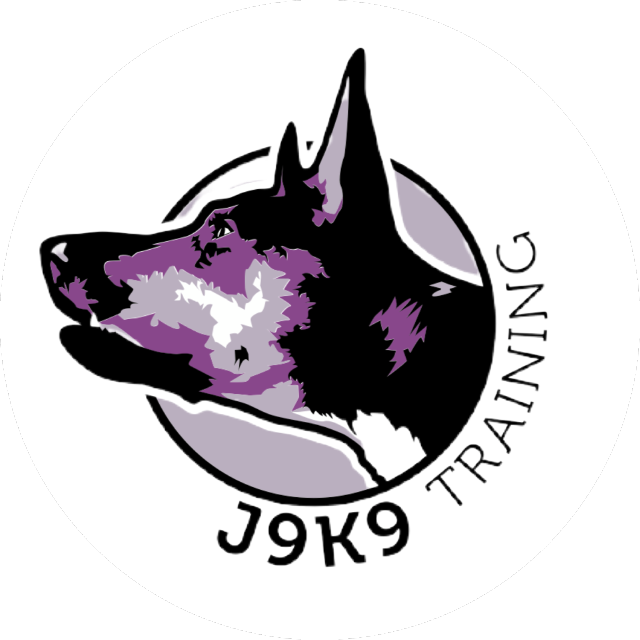The Importance of Release Cue for Stay Behaviors
Stays and Releases
To have a reliable stay you must have a clear way to indicate to the dog that the stay is over. A stay is any Duration Behavior that you have cued the dog to do. Duration Behaviors include, sit, down, stand, kennel, up onto platform, laying on mat, or automatically wait at a threshold.
We want the dog to end their Duration Behavior/Stay Behavior when we give them a signal to do so, usually a verbal cue. This can be a general release cue such as “free!” or “all done!” or is can be another known cue such as “touch!” or a marker cue to chase a tossed treat.
We don't want the dog to get up when: the treats stop, human turns away, human gives praise, human pets dog, another dog walks by, 2 seconds have passed, a leaf blows by, or any other environmental or internal cue.
Select one general release word (verbal cue) that lets your dog know that their stay is over and they are dismissed. To reduce frustration for both dog and handler, we always want clarity and consistency in our communication with our dogs.
Depending on your goals, I usually recommend selecting a release cue other than "okay." We say "okay" a lot in conversation and most pet dogs probably will probably hear “okay” 100x a day. Select a unique work so your dog does not have to decipher which "okay" is relevant to them. If your release word is already “okay” I suggest saying it in a unique way to your dog such as “OH-kaaaaay.”
Things to consider:
Is a reliable stay needed for you and your dog’s lifestyle? Leashes and baby gates work just as well.
Can you identify what stimuli currently functions as a release cue for your dog? Is it the kennel door opening? The leash unclipping? Is that working for you? If so, no need to add additional training there.
Will everyone who handles your dog be consistent about releasing your dog from their Duration Behaviors? If not, consider how your dog will interpret these inconsistencies. Maybe they just know that one handler is not someone advantageous to listen to or maybe they are unsure what is expected of them. Confusion is the most aversive stimuli in dog training. How can we be more clear to the dog?
What behaviors do you want your dog to stay in until released? Would a sit stay be helpful to you? What about a stand stay? Stay at the front door?
Do you want to cue “stay” or do you want an implied stay? For example, some handlers cue “down” and have taught their dog to lay down until released from that one cue. Other handlers say “down” and the dog can get up whenever it would like but if they say “stay” the dog should stay until released.
I consider the behavior cue and the release cue the bookends to a Duration Behavior. My dog’s have never been cued to sit without also being released from the sit. They have never exited my truck without a release. Because of this, they are reliable in a variety of situations and that allows them to fit into my lifestyle more harmoniously. This is a priority for me, but it’s not a priority for everyone, and that is okay. Decide what trained behaviors would be helpful for you and how dedicated you are to teaching and maintaining them.
Work with a qualified trainer if you need help!
